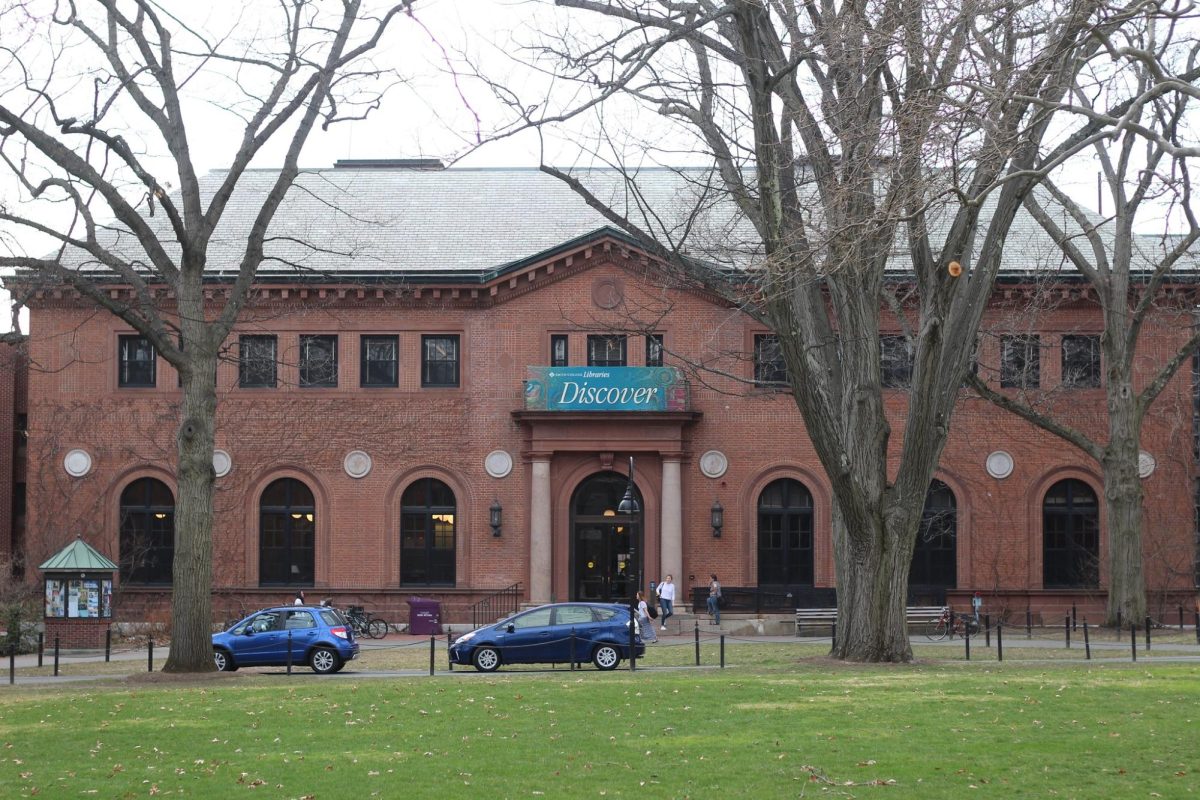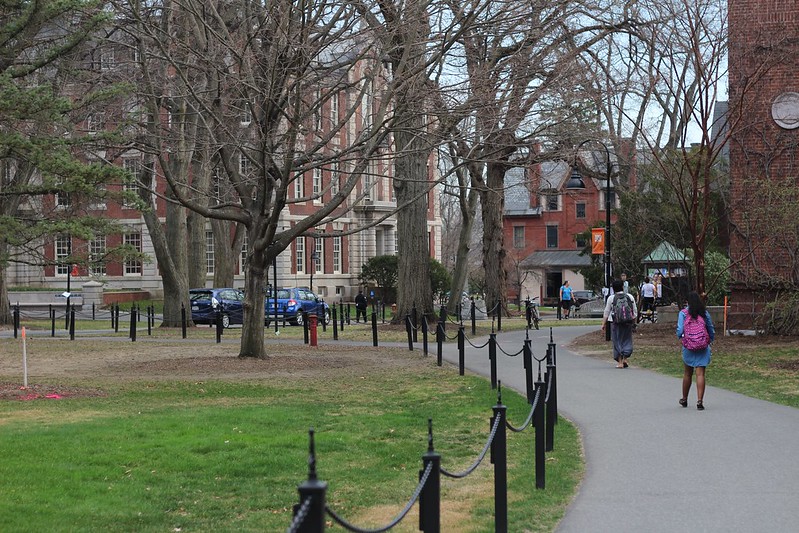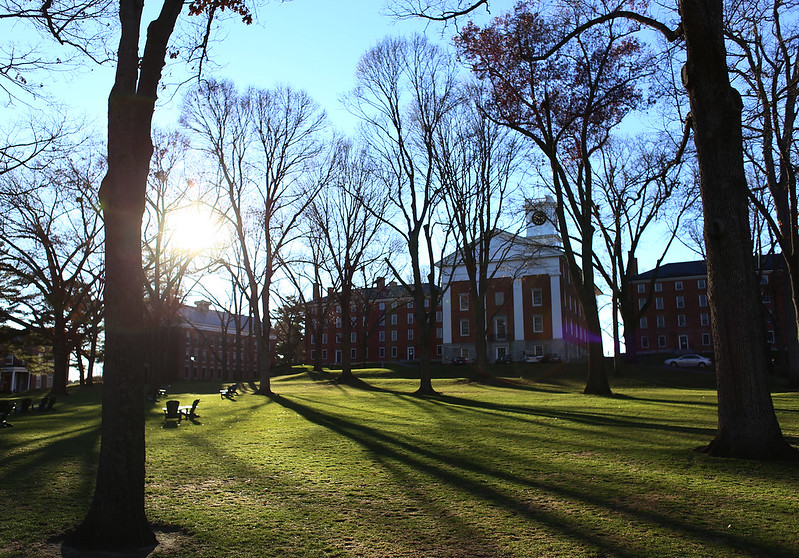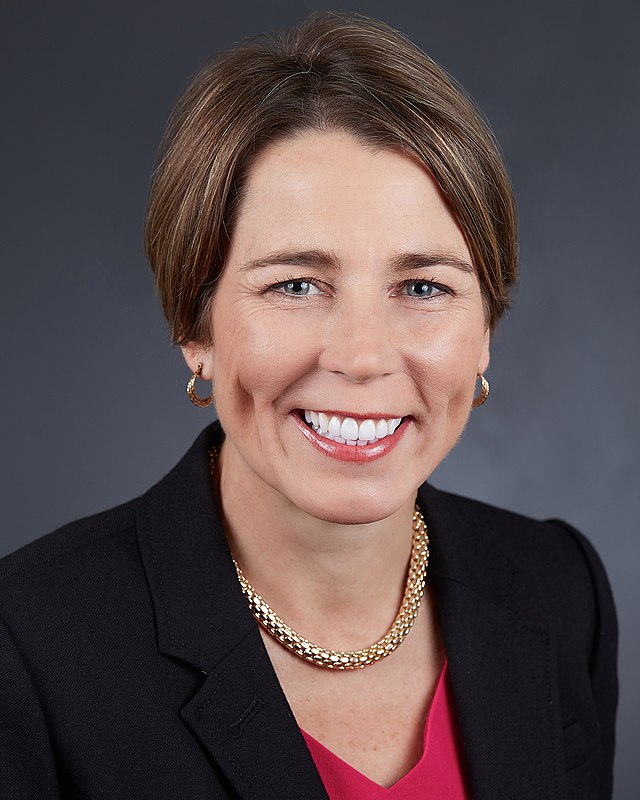
Craig Steven Wilder, a history professor at the Massachusetts Institute of Technology, came to Amherst College to talk about the history of slavery at universities in the United States and how institutes of higher education, like Amherst College, should go about grappling with their dark pasts.
Wilder’s motivation for his book, “Ebony and Ivy: Race, Slavery, and the Troubled History of America’s Universities,” began with his curiosity over a specific segment of American history: the Puritans’ arrvial in the New World. Both his book and his talk presented a push for colleges across the country to address and acknowledge their past, in order to move towards the future.
“Students should come to terms with it for themselves,” Wilder said.
Wilder asked the crowd of faculty and students at Amherst College this past Thursday why Puritans in 1636 would be worried about establishing a college when they hadn’t solved simple problems like feeding themselves. Instead of simply accepting the mainstream explanation that the Puritans needed to train their monastery, he delved deeper. Wilder argued that in America, like in England, higher education was historically used as a means for cultural warfare, and institutions of higher education were an active participant in spreading colonial ideology.
Beginning with their role in the ideological war on Native Americans and the genocide that ensued, Wilder soon transitioned to the role early universities played in propping up slavery. Throughout the lecture, he pointed out the three rises of slavery in colleges; the first with Native Americans, the second corresponding to the peak of the Atlantic Slave Trade and the third bringing 150 colleges in the 60 years before the Civil War.
Wilder stated that, besides teaching racist ideology, colleges themselves relied on the institution of slavery to survive. He continued that in the 1700s and early 1800s, higher education attached its fate to that of slave-owners.
“In the mid-eighteenth century, colleges recruited children of slave-owners, as well as relying on their money” Wilder said.
Additionally, in his book, Wilder points out the benefits universities received from this system of oppression. According to an article published by The New York Times, “Mr. Wilder, scholars say, seems to be the first to look beyond particular campuses to take a broader look at the role of slavery in the growth of America’s earliest universities, which, he argues, were more than just ‘innocent or passive beneficiaries’ of wealth derived from the slave trade.”
Turning his attention to Amherst College itself, he talked about the history of silencing anti-slavery organizations in order to reduce mounting tensions. The first anti-slavery organization there was founded in 1883; the animosity this sparked resulted in the attack of an abolitionist student with a club.
“I believe in college as a radical democratic experiment. Historically it has been neither, but it has the potential to be,” he said.
After laying out the history of these colleges, he changed the topic of conversation to the subsequent erasure of this dark past following the Civil War. As an example, he stated that in Amherst, many people soon claimed they were descended from abolitionists to the point that the number was not feasible.
“Post-Civil War colleges erased history, then erased black and brown people from their past,” he said.
Another example was the Calhoun College building, one of the residential buildings on Yale University’s campus. Yale had erected a separate statue and built Calhoun College in honor of John Calhoun, “a leading statesman who used his office to advocate ardently for slavery and white supremacy.” According to the university’s news service, though, the building will be undergoing a name-change as of this past February.
However, Wilder said it is easier for Yale to change the name of a building then explain why, long after slavery was abolished, they decided to commemorate a pro-slavery figure.
When he was concluding his talk, Wilder stated that he was not sure how students on these campuses should grapple with this history, but cited protests as a good start.
“Students have been weaponising history to push their demands past campus walls and to broaden their initiative,” he said.
However, regardless of how the students react, he emphasized that institutions have an obligation to be honest.
“Removing a monument is much easier than being honest about it,” he said.
Claire Healy can be reached at [email protected].


















